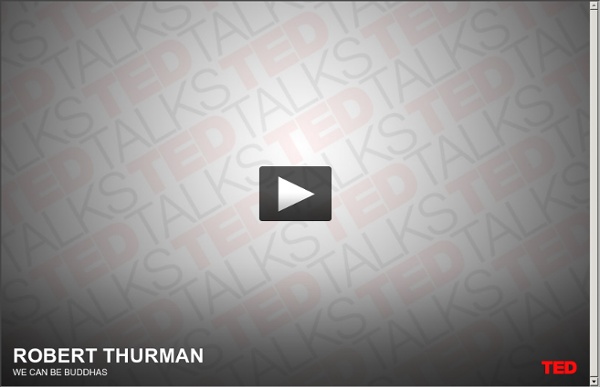



Buddhism and the Brain Credit: Flickr user eschipul Over the last few decades many Buddhists and quite a few neuroscientists have examined Buddhism and neuroscience, with both groups reporting overlap. I’m sorry to say I have been privately dismissive. But science isn’t supposed to care about preconceived notions. Despite my doubts, neurology and neuroscience do not appear to profoundly contradict Buddhist thought. Buddhists say pretty much the same thing. When considering a Buddhist contemplating his soul, one is immediately struck by a disconnect between religious teaching and perception. Mr. Although I despaired, I comforted myself by looking at the overlying cortex. The next day Mr. One year later he came back to the office with an odd request. When we consider our language, it seems unified and indivisible. Consider how easily Buddhism accepts what happened to Mr. Both Buddhism and neuroscience converge on a similar point of view: The way it feels isn’t how it is. How did Buddhism get so much right?
Lojong - Wikipedia, the free encyclopedia - StumbleUpon Lojong (Tib. བློ་སྦྱོང་,Wylie: blo sbyong) is a mind training practice in the Tibetan Buddhist tradition based on a set of aphorisms formulated in Tibet in the 12th century by Geshe Chekhawa. The practice involves refining and purifying one's motivations and attitudes. The fifty-nine or so slogans that form the root text of the mind training practice are designed as a set of antidotes to undesired mental habits that cause suffering. Prominent teachers who have popularized this practice in the West include Pema Chodron,[1] Ken McLeod, Alan Wallace, Chogyam Trungpa, Sogyal Rinpoche, Geshe Kelsang Gyatso, and the 14th Dalai Lama.[2] History of the practice[edit] Atiśa journeyed to Sumatra and studied with Dharmarakṣita for twelve years. A story is told that Atiśa heard that the inhabitants of Tibet were very pleasant and easy to get along with. The aphorisms on mind training in their present form were composed by Chekawa Yeshe Dorje (1101–1175 CE). The Root Text[edit] Slogan 1. 1. 2. 3. 4.